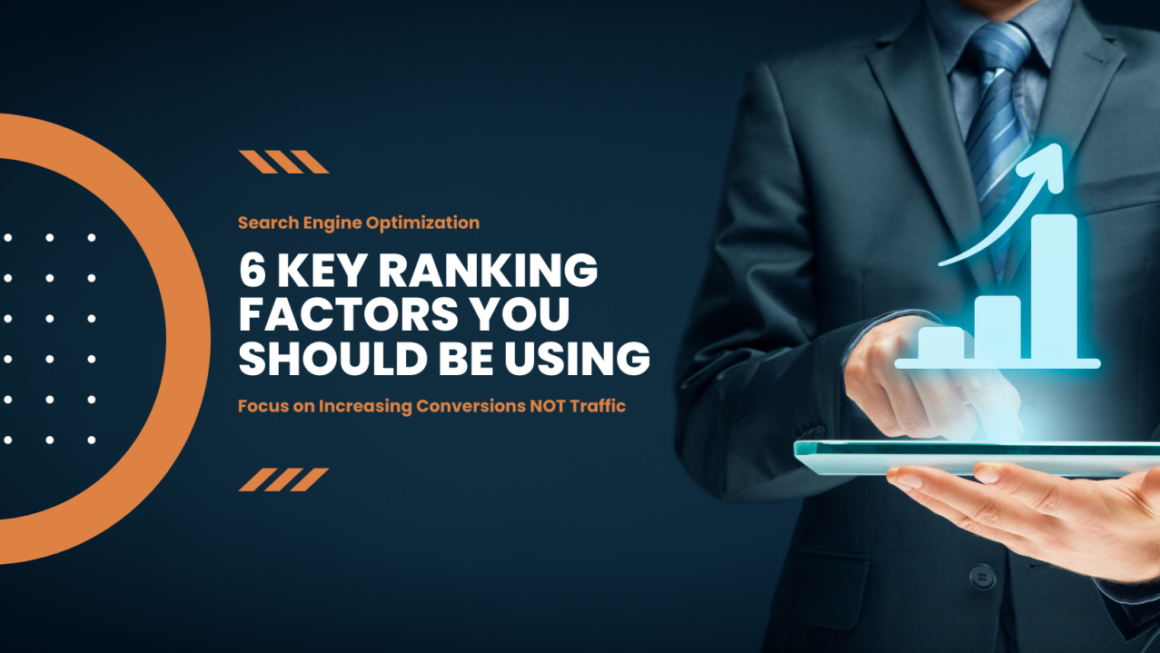When it comes to driving organic traffic and increasing visibility for your Shopify store, optimizing your product pages for search engines is crucial. By implementing best practices for SEO, you can improve your chances of ranking higher in search results and reaching potential customers. In this article, we will explore effective strategies for enhancing your product pages on Shopify to boost your online presence and attract more visitors.
Table of Contents
- Keywords and Target Audience
- Crafting Compelling Product Descriptions
- Understanding Keywords
- Optimizing Product Pages
- Streamlining URL Structure
- Utilizing Internal Linking
- Mobile Optimization
- Content Marketing Strategy
- Optimizing Product Images
- Leveraging Customer Reviews and Testimonials
- Implementing Structured Data Markup
- Conclusion
- FAQs
- 1. How important is keyword research for Shopify SEO?
- 2. What role do meta titles and descriptions play in Shopify SEO?
- 3. How can I optimize product pages for SEO on Shopify?
- 4. What are the best practices for Shopify site structure and navigation for SEO?
- 5. How does site speed impact SEO on Shopify?
- 6. What are some off-page SEO strategies for Shopify stores?
Keywords and Target Audience
Before diving into the technical aspects of Shopify SEO, it’s essential to understand the importance of keywords and knowing your target audience. Conduct thorough keyword research to identify phrases and terms that potential customers are likely to use when searching for products similar to yours. By understanding the language and intent of your audience, you can tailor your product page content to align with their needs and search queries.
Crafting Compelling Product Descriptions
Once you’ve identified relevant keywords, integrating them naturally into your product descriptions is crucial. Focus on creating unique, informative, and engaging content that not only showcases the features and benefits of your products but also incorporates your targeted keywords. Avoid keyword stuffing and prioritize readability and user experience. Compelling product descriptions not only appeal to your audience but also signal relevance to search engines.
Understanding Keywords
One of the fundamental of SEO is keyword research. It’s essential to identify the relevant keywords that potential are using to search for products or services. Utilizing tools like Google Keyword Planner or SEMrush can help in identifying high-performing keywords.
Optimizing Product Pages
When optimizing product pages, it’s crucial to include relevant keywords in the product title, meta descriptions, and product descriptions. Additionally, optimizing image alt text and creating unique product descriptions can further enhance the SEO performance of individual product pages.
Streamlining URL Structure
Shopify allows for customizable URL structures, and optimizing these URLs with relevant keywords can significantly impact the store’s SEO performance. Creating clean, descriptive URLs that include the product or category name can make the URLs more user and search engine-friendly.
Utilizing Internal Linking
Internal linking within the Shopify store not only enhances the user experience but also helps search engines understand the site’s structure and the relative importance of each page. By strategically linking related products or content, store owners can guide both users and search engine crawlers to essential pages within the site.
Mobile Optimization

With the increasing number of users accessing the internet through mobile devices, optimizing a Shopify store for mobile is no longer optional. Ensuring that the store is mobile-responsive and provides a seamless user experience across various devices can positively impact SEO performance.
Content Marketing Strategy
Implementing a robust content marketing strategy can contribute to the overall SEO performance of a Shopify store. Creating and optimizing content such as blog posts, guides, or product reviews can attract organic traffic and establish the store as a valuable resource within its niche.
Optimizing Product Images

In addition to textual content, optimizing your product images can have a significant impact on your SEO efforts. Ensure that you use descriptive filenames and alt tags for your images, incorporating relevant keywords where appropriate. This not only enhances accessibility for users with visual impairments but also provides search engines with valuable context regarding the content of your product images.
Leveraging Customer Reviews and Testimonials
Integrating customer reviews and testimonials on your product pages not only instills trust and confidence in potential buyers but also Contributes to your SEO strategy. User-generated content adds unique, relevant, and frequently updated information to your product pages, which search engines value. Encourage satisfied customers to share their experiences and feedback, as this can significantly enhance the credibility and visibility of your products.
Implementing Structured Data Markup
Structured data markup, such as schema.org, allows you to provide search engines with detailed information about your products, including pricing, availability, and reviews. By implementing structured data markup on your Shopify product pages, you can enhance the appearance of your listings in search results, making them more compelling and informative for potential customers. This can lead to higher click-through rates and improved visibility.
Conclusion
By implementing these best practices for enhancing your product pages on Shopify, you can improve the overall SEO performance of your e-commerce store. Remember to prioritize user experience, relevancy, and providing valuable content to your audience. Continuously monitor and analyze the performance of your product pages, making adjustments and optimizations as needed to stay ahead in the competitive online marketplace. Embracing these strategies can lead to higher rankings, increased organic traffic, and ultimately, more conversions for your Shopify store.
FAQs
1. How important is keyword research for Shopify SEO?
Keyword research is crucial for Shopify SEO. By understanding the search terms your potential customers use, you can optimize your product descriptions, meta tags, and content to align with those keywords. Use tools like Google Keyword Planner or SEMrush to identify relevant keywords with high search volumes and low competition.
2. What role do meta titles and descriptions play in Shopify SEO?
Meta titles and descriptions are essential for both search engines and potential visitors. Craft compelling titles and descriptions that include relevant keywords and entice users to click through to your store. Ensure that each page has a unique meta title and description that accurately represents its content.
3. How can I optimize product pages for SEO on Shopify?
When optimizing product pages, focus on using descriptive and unique product titles, high-quality images with descriptive file names, and detailed product descriptions with relevant keywords. Additionally, leverage Shopify’s built-in features such as customizable URL structures and schema markup to enhance the visibility of your product pages in search results.
4. What are the best practices for Shopify site structure and navigation for SEO?
A clear site structure and intuitive navigation not only enhance user experience but also contribute to better SEO. Organize your products into logical categories and subcategories, and ensure that your navigation menu is easy to use. Utilize internal linking to establish a hierarchy and guide search engine crawlers through your site.
5. How does site speed impact SEO on Shopify?
Site speed is a critical factor for SEO on any platform, including Shopify. Slow-loading pages can lead to higher bounce rates and lower search engine rankings. Optimize your images, leverage browser caching, and utilize Shopify apps and tools designed to improve site speed and performance.
6. What are some off-page SEO strategies for Shopify stores?
Off-page SEO for Shopify involves building quality backlinks from relevant and authoritative websites, engaging in social media marketing to drive traffic and brand awareness, and encouraging user-generated content and reviews. These activities contribute to your store’s overall online authority and can positively impact search engine rankings.












